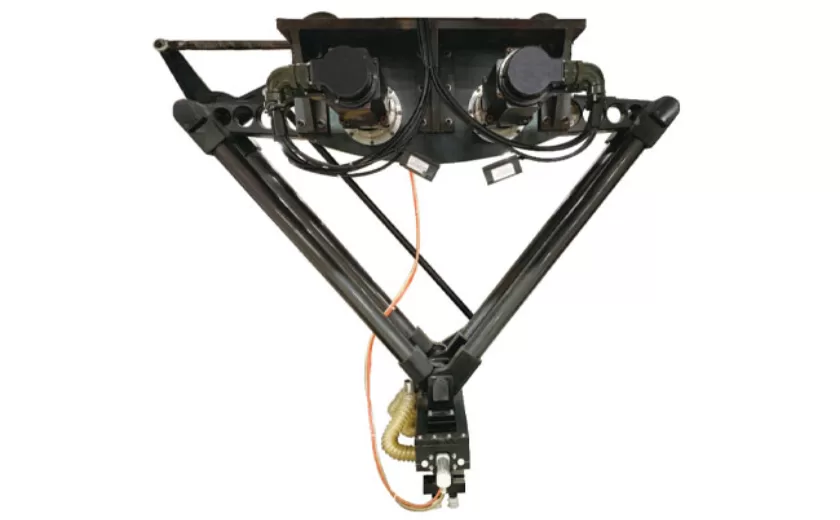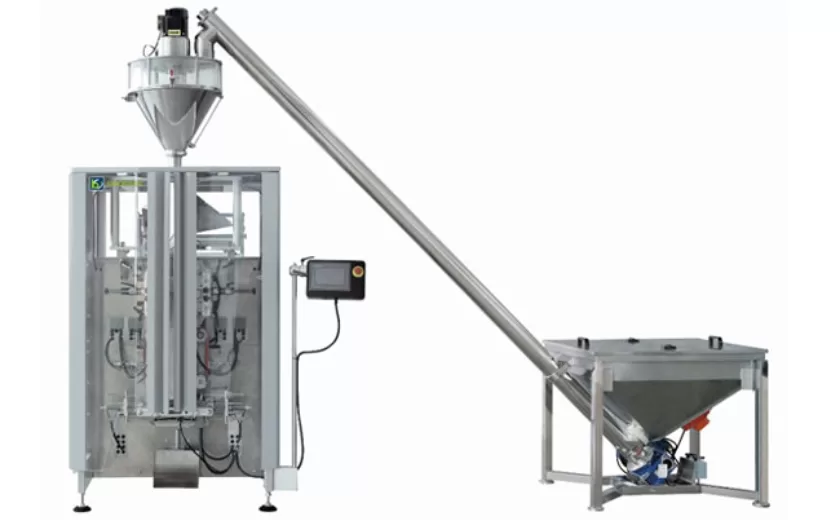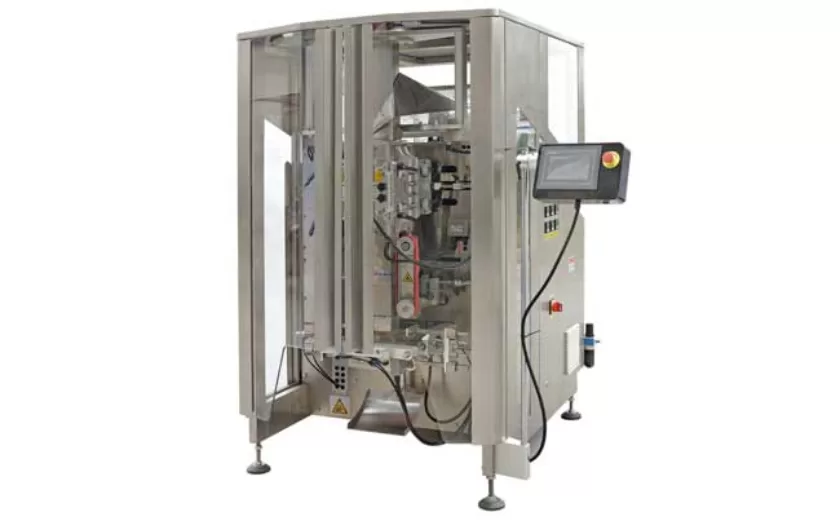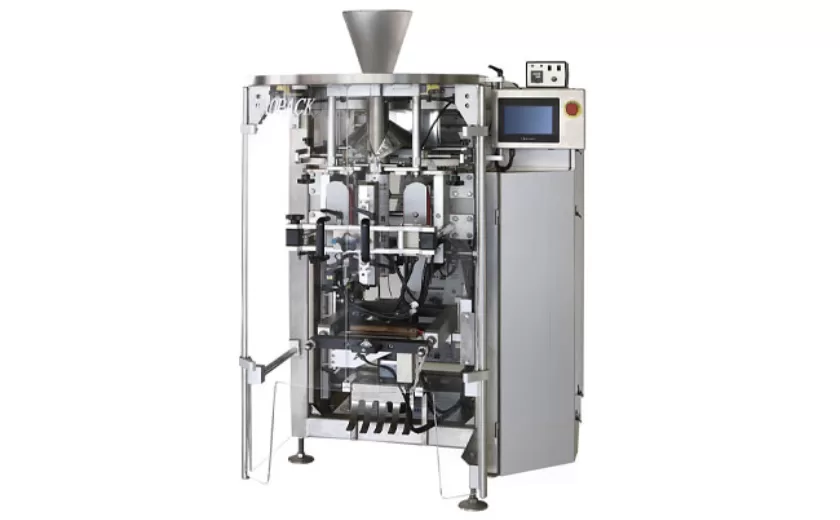Troubleshooting Common Issues with Multi-Head Weighing Machines
Multi-head weighing machines are marvels of efficiency, automating the precision weighing and distribution of products in high-volume applications. However, even these sophisticated machines can occasionally encounter glitches, disrupting operations and causing headaches for manufacturers.
The Silent Saboteurs
1. Incorrect Setup: Proper setup is paramount for accurate weighing. Ensure that the machine is level, calibrated correctly, and the weight settings are precise.
2. Worn Components: Over time, wear and tear can affect load cells, feeders, and other components. Inspect these parts regularly for any signs of damage or wear.
3. Power Fluctuations: Sensitive electronic equipment can be affected by power surges or fluctuations. Check the power supply and consider using a voltage regulator.
The Chatterboxes
1. Excessive Noise: Multi-head weighing machines rely on sensors to detect product weights. Excessive noise from external sources can interfere with these sensors, leading to incorrect readings.
2. Stuck or Clogged Parts: Debris or product buildup can cause parts like feeders or discharge chutes to jam or clog. Clean and inspect these components regularly.
The Elusive Symptoms
1. Inconsistent Weighings: Variations in weight readings, even within the same product batch, can indicate issues with the machine’s calibration or load cells.
2. Overweight or Underweight Products: This can be caused by incorrect weight settings, worn components, or system instability.
3. System Overloads: Overloading the machine beyond its capacity can damage components and cause premature failure. Monitor product flow and adjust the feed rate accordingly.
Troubleshooting Tactics
1. Start with the Basics: Verify the setup, power supply, and clean the machine thoroughly.
2. Calibrate and Test Regularly: This ensures the machine is operating within specified tolerances.
3. Inspect and Replace Worn Components: Worn parts can compromise accuracy and should be replaced promptly.
4. Address Noise Issues: Identify and eliminate external noise sources or install noise-reducing measures.
5. Troubleshoot Systematically: Isolate potential causes by testing individual components until the root issue is identified.
By addressing these common issues, manufacturers can ensure that their multi-head weighing machines operate smoothly, delivering accurate and reliable weighing for years to come.
-
Advanced Packing Solutions: Snacks, Sugar, and Frozen Food Machines
29-10-2025 -
Efficient and Reliable Solutions for Salt, Nuts, and Frozen Dumplings Packing
29-10-2025 -
High-Performance Biscuits, Lollipop, and Ketchup Packing Machines for Modern Food Production
29-10-2025 -
Efficient Liquid Filling and Packing Machines for Modern Production
23-10-2025 -
Reliable Granule Packaging Machines for Efficient Production
23-10-2025 -
Efficient Auger Powder Filling Machines for Accurate Packaging
23-10-2025 -
High-Performance Liquid Filling and Packing Machines for Hygienic Production
10-10-2025 -
High-Efficiency Granule Packaging Machines for Precision and Speed
10-10-2025 -
High-Precision Auger Type Powder Filling Machines for Efficient Packaging
10-10-2025 -
Efficient Vertical Form Fill Seal Packaging Machines for Smart Production
10-10-2025











